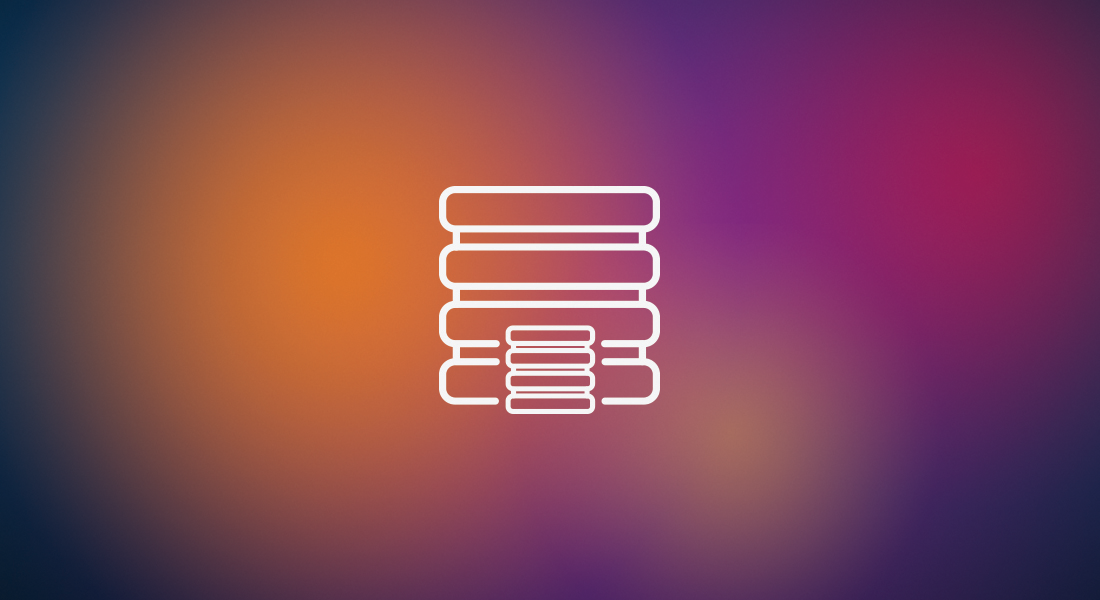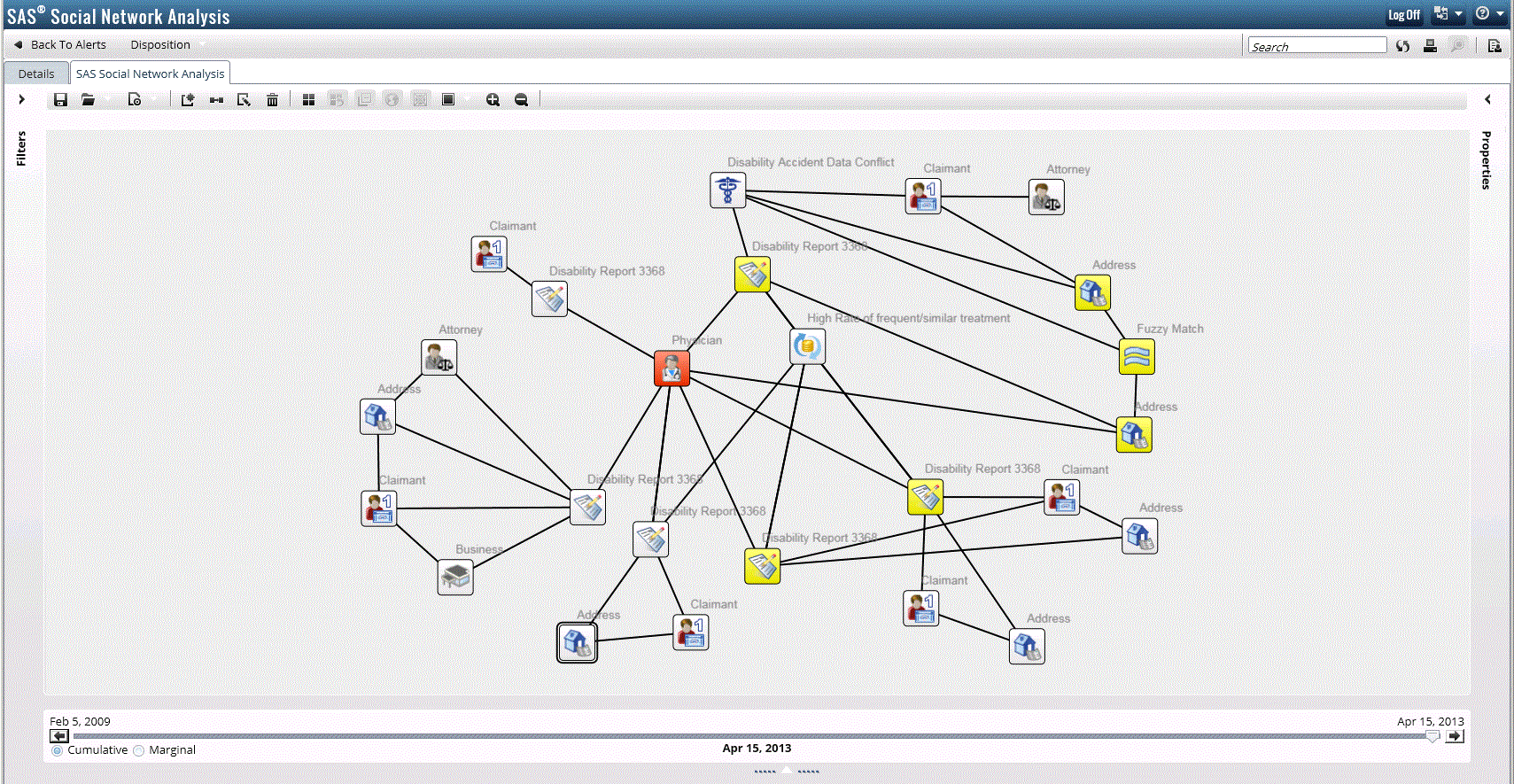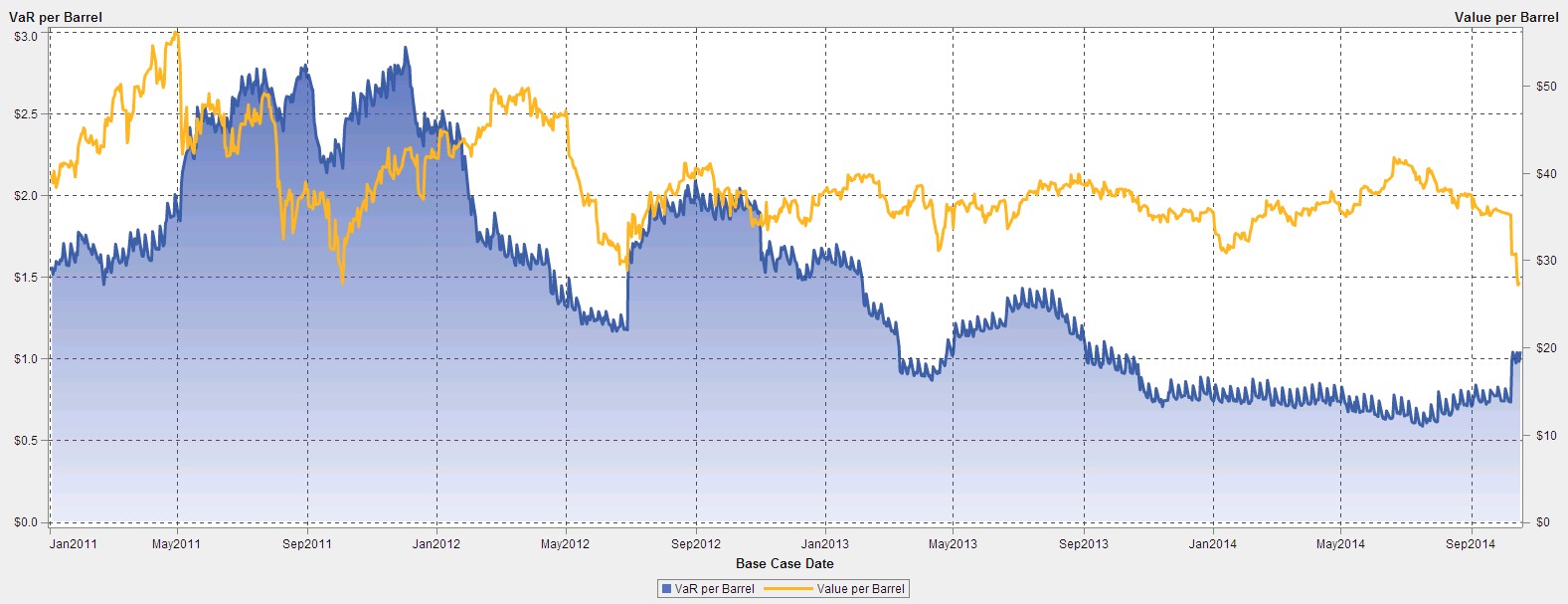
March is national Social Work Month and this year the National Association of Social Workers celebrates its 60th anniversary of facilitating positive social changes and improving the lives of individuals and families. Social work is a profession that considers the needs of others every day. Individuals who dedicate themselves to

































